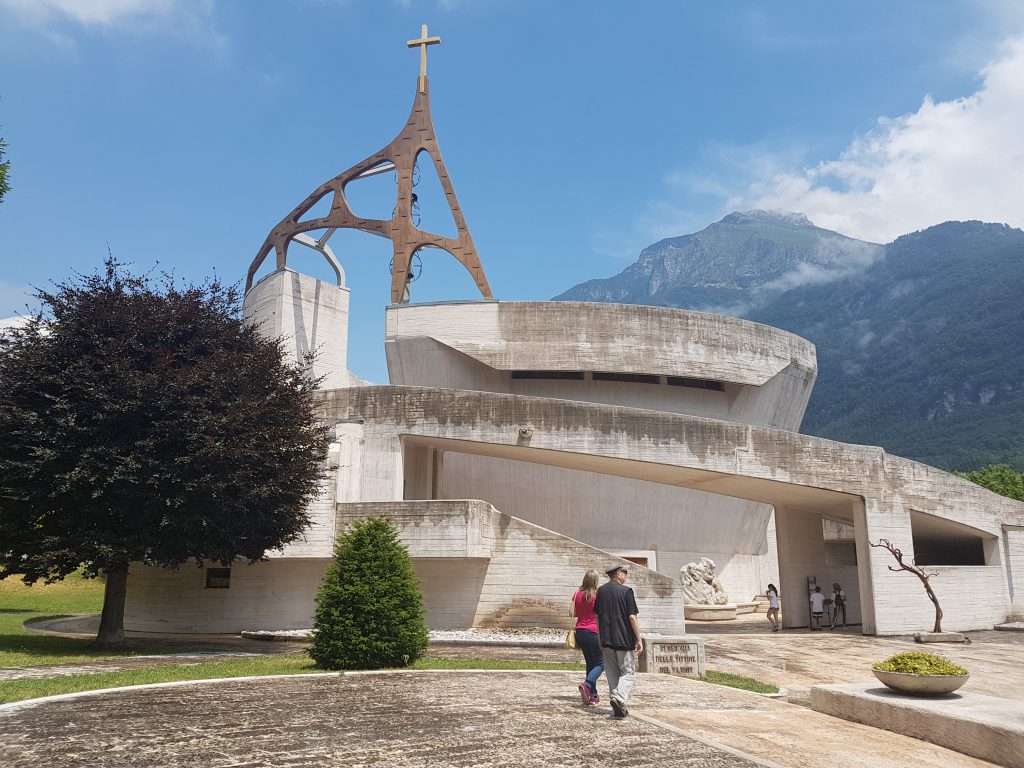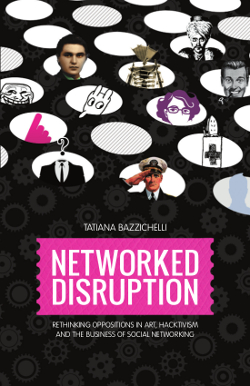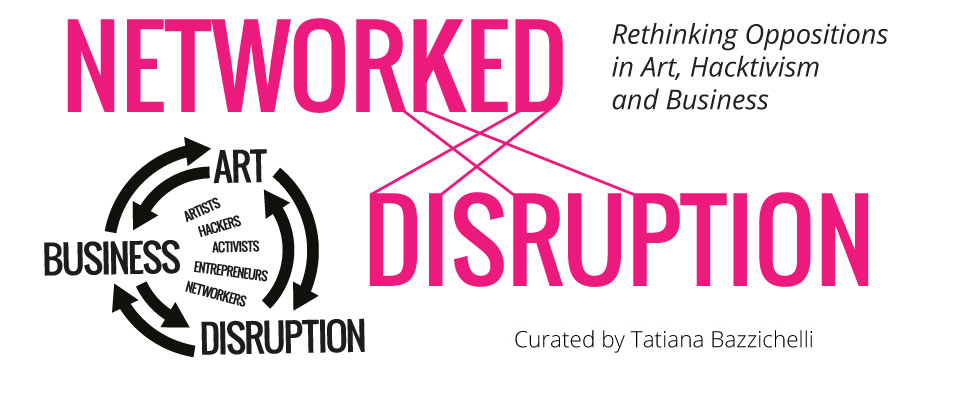
Ciao Giac! – Giacomo Verde, artivismo tecnologico come condivisione

La notizia della scomparsa di Giacomo Verde, pioniere, artista, attivista, ispiratore, maestro, amico e compagno di chiacchiere ci ha raggiunto ieri mattina. Ci sarà tempo per ricordarlo con le nostre pratiche e azioni, con i nostri pensieri e le nostre riflessioni su futuri immaginari che lui aveva già probabilmente pensato. Ma voglio colmare una parte del vuoto che sento adesso con alcuni ricordi.
Ho conosciuto il lavoro di Giacomo per la prima volta in una rivista italiana sugli immaginari tecnologici, di nome Virtual. L’articolo era del novembre 1997 (firmato Amanda Reggiori), con uno speciale dedicato all’arte interattiva italiana e alla mostra “Segnali d’opera – Arte e digitale in Italia per l’aggiornamento di un museo” alla Civica Galleria d’Arte di Gallarate. Giacomo era descritto come uno dei pionieri, attore e artista dal 1973. Mi colpirono queste sue frasi riportate nell’articolo: “Gli artisti non hanno mai progettato il futuro, lo hanno immaginato. Quasi sempre era un modo per raccontare il presente”. E anche: “Le tecnologie non hanno mai prevaricato il ruolo degli artisti, piuttosto hanno proposto nuovi ambiti d’azione”. E infine, frase che ha ispirato il mio lavoro nei venti anni futuri e oltre, “Le opere interattive si realizzano in contesti, piuttosto che oggetti […]. Il valore dell’opera dovrebbe essere maggiore della somma ‘fruitori più autore’ e diverso per ognuno, fino ad eliminare la distinzione tra autore e fruitore. L’opera non è l’ambiente o l’oggetto, ma i comportamenti che attiva”. Quell’articolo, che metteva in connessione alcune menti e pratiche artistiche del momento, è stato la scintilla per la mia ricerca sull’argomento negli anni a venire. Seguendo queste riflessioni, l’anno successivo ho scritto la mia tesi di laurea universitaria che poi, in versione ampliata, è diventata il libro Networking. La rete come arte. Per la scrittura della tesi avevo effettuato un viaggio nel 1998 per andare a conoscere le persone che stavo studiando, incluso Giacomo, che mi ha accolto a casa sua a Lucca per un’intervista. Ci siamo incontrati in quel momento.
Read More
Disruption Network Lab

Keep Fighting by Chelsea Manning Network, at Disruption Network Lab, STUNTS, 12 December 2015, Berlin
Disruption Network Lab is an ongoing platform of events and research focused on art, hacktivism and disruption. The Laboratory takes shape through series of conference events at Studio 1, Kunstquartier Bethanien in Berlin, and at other local and international venues.
The Disruption Network Lab is produced by the Disruption Network Lab e.V. (gemeinnütziger eingetragener Verein), a registered non-profit organisation in Germany. The programme is run by Tatiana Bazzichelli (artistic director and curator) and developed together with her team

Blowing the Whistle, Questioning Evidence

For the call on the topic »Blowing the Whistle, Questioning Evidence«, announced in February 2017 by Solitude & ZKM, the curator and juror Tatiana Bazzichelli invited artists, hackers, technologic experts, computer scientists and activists who have been working actively on the topic of truth-telling, leaking, and counter-surveillance, with the aim of exposing misconducts and wrongdoings to participate.
65 applicants took part in the call, four web residents were chosen from a shortlist of ten proposals. The web residents worked on their projects for four weeks (until April 20, 2017), posting articles regularly or reporting on the steps to their final piece. Projects were shown on Schlosspost as well as on the ZKM website.
Read the call: https://schloss-post.com/call-web-residencies-solitude-zkm/
Web Residencies: https://schloss-post.com/category/blowing-the-whistle/

SAMIZDATA: Evidence of Conspiracy
SAMIZDATA: Evidence of Conspiracy
NOME Gallery presents SAMIZDATA: Evidence of Conspiracy, Jacob Appelbaum’s first solo show in Germany, curated by Tatiana Bazzichelli. In cooperation with Disruption Network Lab.
Jacob Appelbaum
September 11 – October 31, 2015
Opening: 10th September, 6pm
The title of the show references the Russian word “samizdat”, an important form of dissident activity throughout the former Soviet bloc in which censored literature was clandestinely reproduced and distributed. Transferred to the 21st century, the activity also resonates with aspects of the Snowden Affair and WikiLeaks as regards the distribution of information that places involved people at risk.
For the first time, the artist is showing a series of six color infrared photos as cibachrome prints, portraits of his own network of colleagues and friends: Laura Poitras, Glenn Greenwald and David Miranda, Julian Assange, Sarah Harrison, William Binney and Ai Weiwei. The works were originally created as a sign of admiration and respect for the portrayed people and for their work that led to the “Snowden Affair” and beyond.
Appelbaum uses color infrared photography film that was originally produced to detect camouflaged targets and for use in agricultural surveillance and forensics investigations, to produce pictures that reveal more information than standard film.

Networked Disruption – The Exhibition
“Networked Disruption: Rethinking Oppositions in Art, Hacktivism and Business”. Group exhibition and side programme. Curated by Tatiana Bazzichelli. Produced by Aksioma – Institute for Contemporary Art, Ljubljana – in collaboration with several partners
www.aksioma.org/networked.disruption
Exhibition @ Škuc Gallery, Stari trg 21, Ljubljana, Slovenia / March 11 – April 3, 2015. Opening March 11, 8pm
With: Anna Adamolo, Anonymous, Billboard Liberation Front, Burning Man Festival, Cacophony Society, Janez Janša, Janez Janša, Janez Janša, Julian Oliver, Laura Poitras, Les Liens Invisibles, Luther Blissett, Mail Art, Neoism, Peng! Collective, Suicide Club, Telekommunisten, Trevor Paglen.
Seminar @ Kino Šiška, Trg prekomorskih brigad 3, Ljubljana, Slovenia /March 11 – 12, 2015: http://www.aksioma.org/press/networked.disruption.zip
With: Annie Machon (UK), Bani Brusadin (ES), Baruch Gottlieb (CA/DE), Dmytri Kleiner (CA/DE), Florian Cramer (DE/NL), Ida Hiršenfelder (SI), Janez Janša (SI), John Law (US), Loretta Borrelli (IT), Luther Blissett (IT), Tatiana Bazzichelli (IT/DE), Vittore Baroni (IT), Vuk ?osi? (SI).
In the business world, disruption means to introduce into the market an innovation that the market does not expect. This innovation comes from within the market itself. Transferred into the field of art and activism, disruption means to generate practices and interventions that are unexpected, and play within the systems under scrutiny.
Art, hacktivism and business are often intertwined, generating a feedback loop of revolutions and co-optations that is functional to the development of capitalism. Capitalism needs our revolutions because they generate new lifestyles, products and practices that create new markets and consumer desires. Similarly, systems of power need our resistance and opposition because they serve to increase security and forms of control. We need to find new strategies that go beyond the mere act of opposition and that are harder to appropriate.

Networking – La rete come arte
di Tatiana Bazzichelli
Prefazione: Derrick de Kerckhove, Postfazione: Simonetta Fadda
Costa & Nolan, Milano, 2006; pag. 336

Fare network significa creare reti di relazione, per la condivisione di esperienze e idee in vista di una comunicazione e di una sperimentazione artistica in cui emittente e destinatario, artista e pubblico, agiscono sullo stesso piano. In Italia, grazie all’uso alternativo della rete Internet, nel corso di venti anni di sperimentazione si è formato un vasto network nazionale di persone che condividono obiettivi politici, culturali e artistici.
Attivi in ambienti underground, questi progetti utilizzano media diversi (computer, video, televisione, radio, riviste) e si occupano di sperimentazione tecnologica, ovvero di hacktivism, secondo la terminologia in uso in Italia dove la componente politica è centrale. Il network italiano propone infatti una forma di informazione critica, diffusa attraverso progetti indipendenti e collettivi in cui l’idea della libertà di espressione è centrale. Allo stesso tempo, costruisce una riflessione sul nuovo ruolo dell’artista e autore che si fa networker, operatore di reti collettive, ricollegandosi alle pratiche artistiche delle Neoavanguardie degli anni Sessanta (prima fra tutte Fluxus), ma anche alla Mail Art, al Neoismo e a Luther Blissett.
Il libro rappresenta il primo tentativo di ricostruzione della storia del networking artistico in Italia, attraverso un’analisi delle realtà che negli ultimi venti anni hanno proposto un uso creativo, condiviso e consapevole delle tecnologie, dal video al computer, contribuendo alla formazione di una comunità hacker italiana. Un percorso che va dalle BBS, reti telematiche alternative diffuse in Italia dalla metà degli anni Ottanta ancor prima di Internet, fino agli Hackmeeting, alle Telestreet e alle pratiche di networking e net art di diversi artisti e attivisti, fra cui 0100101110101101.ORG, [epidemiC], Jaromil, Giacomo Verde, Giovanotti Mondani Meccanici, Correnti Magnetiche, Candida TV, Tommaso Tozzi, Federico Bucalossi, Massimo Contrasto, Mariano Equizzi, Pigreca, Molleindustria, Guerriglia Marketing, Sexyshock, Phag Off.
Il libro è liberamente scaricabile da QUI.
Indice
Read More
Welcome to deadSwap 2.0
A new version of deadSwap by #Telekommunisten at transmediale 2015!
We launched the first release of deadSwap in 2009, during the Sousveillance Conference in Aarhus /Denmark. During transmediale 2015 it comes back upgraded and ready to be experienced and enjoyed at: http://deadswap.net
 Tatiana Bazzichelli – Networking Art
Tatiana Bazzichelli – Networking Art




